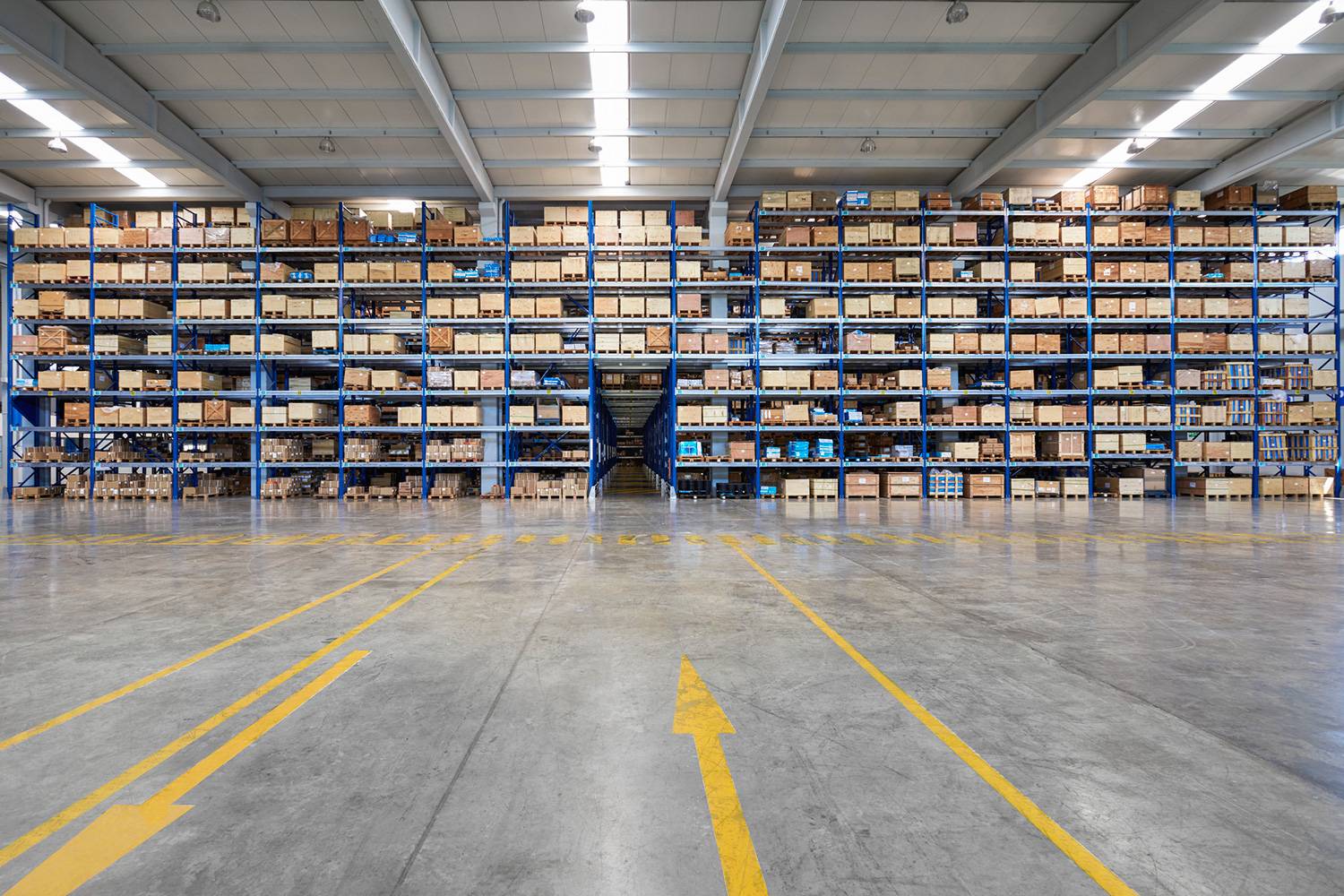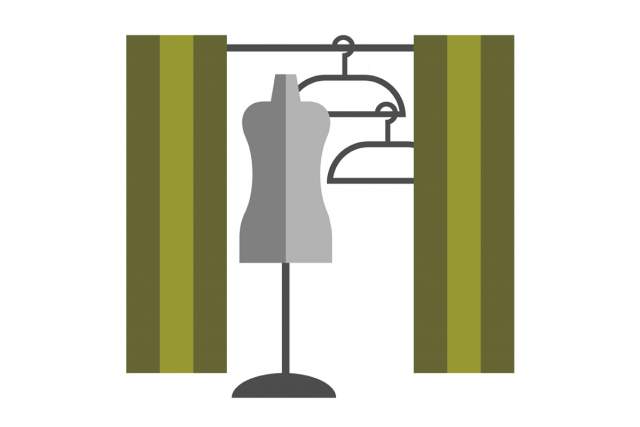Easing the Burden of Warehouse Pickers
Tuck professor Santiago Gallino finds a better way for warehouse pickers to locate items quickly.

Warehouse picker jobs are notorious for being stressful—finding countless items in the short time alotted. | iStock:stockvisual
The rise of online retailing has created a new type of worker: the computer-aided warehouse picker.
These are the men and women who roam giant warehouses and find items that customers ordered, so they can be packed and shipped. Time is of the essence in this job, as customers expect their orders to be delivered to their doorstep in days, if not hours. That means the pressure to find items quickly is intense. But it’s not always easy, even with algorithms telling pickers which route to take, to grab the right product. Many warehouses use “chaotic storage” models, so everything is mixed together in bins or racks, and once the picker finds the rack, she must still search through it to find the item she is looking for. It’s like getting to the right shelf in the library and then scanning the spines more closely for the book you want. Imagine doing that all day, with a quota system that keeps track of your volume.
Tuck associate professor Santiago Gallino suspected there might be better ways for retailers to manage their warehouses. He and Robert J. Batt T’06 of the Wisconsin School of Business collaborated with an online retailer to help them improve their warehouse operations, and they report their findings in a working paper titled “Finding a Needle in a Haystack: The Effects of Searching and Learning on Pick-Worker Performance.”
In a chaotic storage system, a computer keeps track of where items are stored and directs pickers to the correct location when an item is needed. The system arose because of the need to maximize the use of space. It is also very handy when retailers need to deal with customer returns. If all the swimsuits were in one location, for example, then the warehouse would have to save room in the swimsuit section for the inevitable returns, and that’s inefficient.
Chaotic storage solved one problem and created another: the complex search. Pickers can pinpoint, within a few feet, where their item is. After that, it’s a matter of sifting through, say, jackets, blouses, and dresses for a bikini. In that regard, Gallino and Batt found that the density of the rack or bin was a key driver in the time it takes for a picker to find an item.
As workers complete more picks—an experienced picker will have picked 35,000 items—they learn how to get faster.
Another important factor in pick time, they found, is worker experience. As workers complete more picks—an experienced picker will have picked 35,000 items—they learn how to get faster. Sometimes, they use heuristics. If looking for a dress, for example, they will focus on the items on the rack that hang lower than the rest. And they learn the product lingo—they know what “ponte pants” and “maxi skirts” are, and can identify them quickly.
Given these drivers of pick time—along with the distance a picker must walk—Gallino and Batt proposed an improved algorithm to increase picker efficiency. Using a simulation of a picker in a typical warehouse, they compared two models of picker management. The distance-only model, which is what most warehouses use today, assigns pickers to the nearest items. But the researchers’ own model sends pickers out according to distance, density, and picker experience. This model proved more efficient, leading to a 4.7 percent increase in workforce productivity.
Our research helps give information on why and how pickers may be struggling.
These findings have important implications for pickers. Warehouse picker jobs are notorious for being stressful because it’s difficult to find items in the short amount of time pickers are allotted. But it gets better with experience. That means warehouses should assign the picks from dense racks and bins to experienced workers, and leave the easier searches to new workers. It also means online retailers should value their longer-tenured pickers. “Our research helps give information on why and how pickers may be struggling,” Gallino says.
The benefits for retailers are clear as well. Using a system that’s more attuned to search time and picker experience will lead to faster searches and greater productivity. The likely result? Happy workers, and happy customers.

